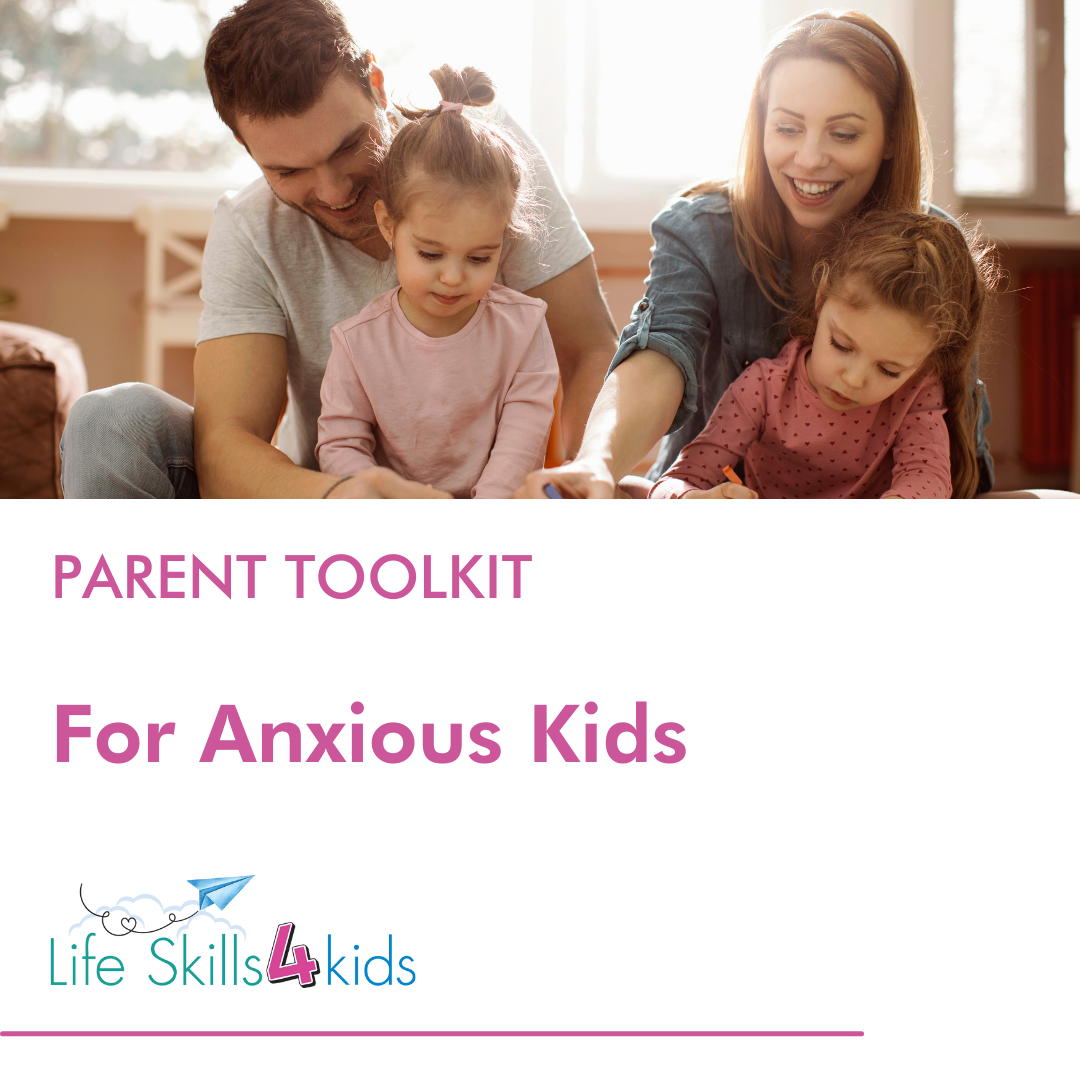Great Ideas for Creating the Best Home Environment for Your Autistic Child
Written by : Jenny Wise, Special Home Educator
Autism affects the way a child interacts with the world around them. As parents, it’s important that we do whatever we can to keep our children comfortable and safe. While you can’t adapt the entire world to fit your child’s special needs, you can ensure that their home environment functions as a safe, comfortable haven. Here are some key areas to consider when adjusting your home to fit your autistic child’s needs.
Color
As you’re probably aware, a child with autism perceives light, color, and sound differently. With a heightened visual perception, different colors can elicit different moods and reactions from your child. Red, vibrant colors can feed into energy, while cooler neutral colors can soothe and relax. When decorating your home, choose a color scheme that gives off the appropriate mood for the room. For example, when decorating your child’s bedroom, use a blue or purple scheme to promote sleep and relaxation.
Neutral color schemes are best for children with autism and provide the most comfort. When deciding what patterns and combinations to use, it’s always ideal to keep the aesthetic as simple as possible to prevent sensory overload. Also, opt for solid colors and minimalist patterns to keep your child at ease.
Lighting
Just like with color, the lighting you use in your home stands out to your autistic child. Lighting that is too abrasive or inconsistent can have a negative impact, as opposed to softer, more natural lighting. It’s for this reason that most autism experts warn against using any kind of fluorescent lighting, which can easily agitate your child due to its tendency to flicker. To make a more comfortable environment, stick to shaded or gradient lighting that gives you more control over the lighting from room to room.
Flooring
Children on the autism spectrum are not only hypersensitive to visual stimuli, but also to what they can touch and feel. To most children, a floor is for more than just for walking; it’s a giant canvas for playing games or it can double as a place to lie down and take a nap. Your child will spend a lot of time on the floor, so it’s important that your floors are safe and comfortable. Laminate flooring can be hard and cold to the touch, while tiling can be uneven or have over-stimulating visual patterns. You want your floors to be soft, and warm. Vinyl flooring is cheap, easy to clean, and typically softer and warmer on bare hands and feet.
Furniture
Finally, you’ll want to have furniture that’s suitable for providing the comfort your child needs. Remember that for children with autism, tactile sensation is important, and having material that is soft and squishy will provide a pleasant and comfortable sensory experience for your child. In your living room, most furniture types will be suitable for your child, but remember to avoid loud patterns, and sharp corners for their safety.
For their bedroom, you might even consider getting them a big squishy chair. Hug Chairs are giant beanbags that are fun to collapse on, and extremely comfortable. A Hug Chair might be the perfect addition to make your child’s room feel even more like their own.
These are just a few ideas to make your house suitable for your child on the autism spectrum. Home is a place where we are supposed to feel safe, comfortable, and loved. Give your child that extra sense of safety and comfort so that when the world gets to be a little too much, they have something familiar to come home to.
Photo Credit: Pixabay.com
Parent Toolbox for Anxious Kids – Webinar Series
Help your child with anxiety with practical tools for success and becoming more independent in what they need to do by reducing and managing their anxiety.
The Toolbox includes the following recorded workshops:
– Supporting children to communicate how they are feeling when they are anxious.
– Helping your child with learning anxiety.
– Helping your child decrease anxiety caused by sensory processing issues.
– How to help your child manage their social anxiety.


